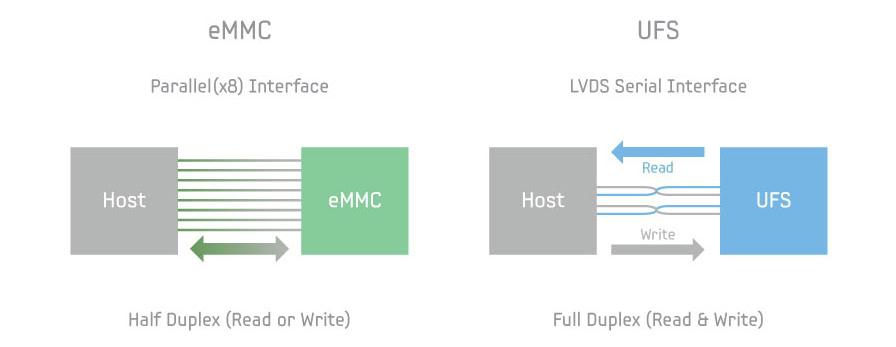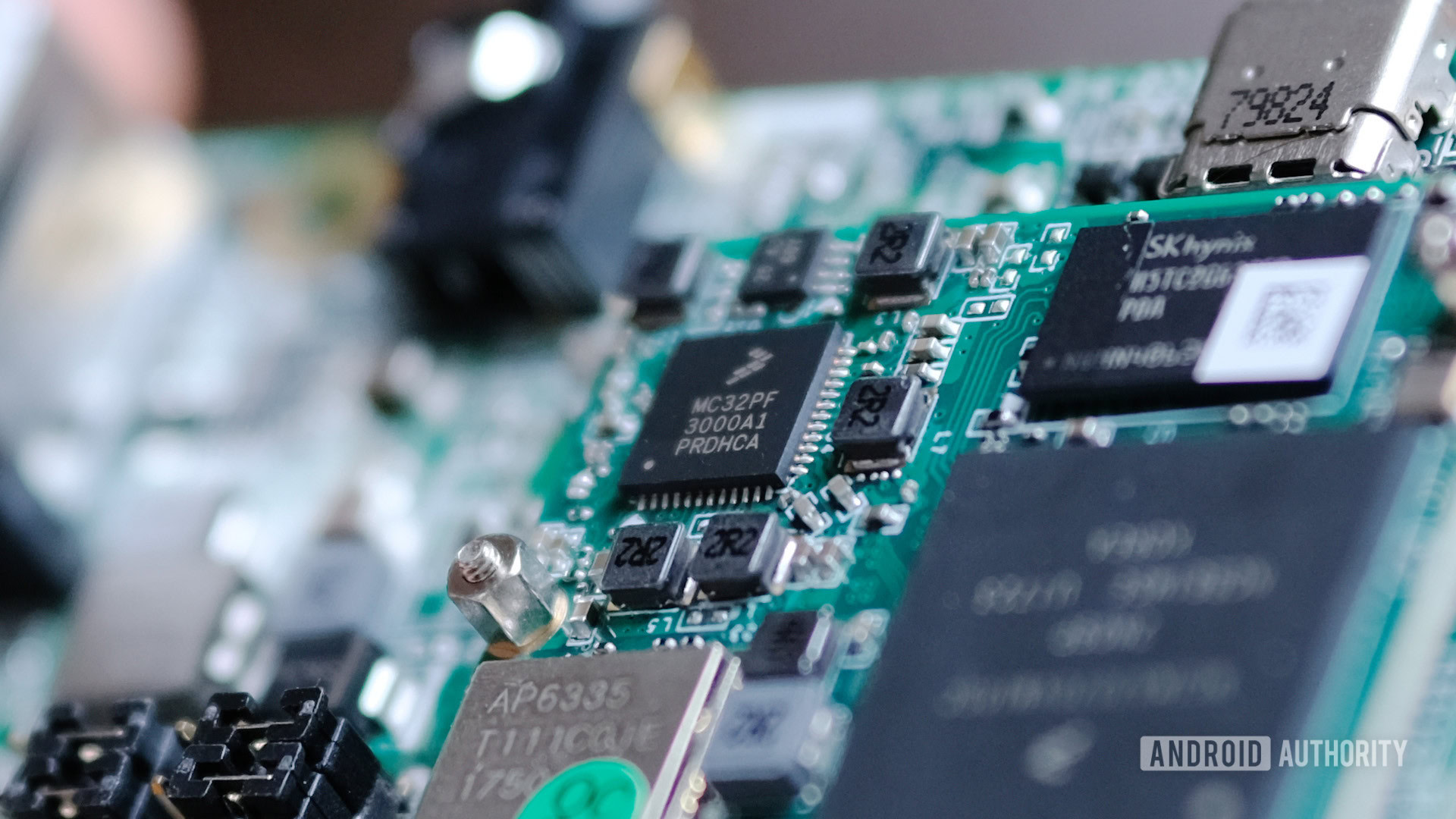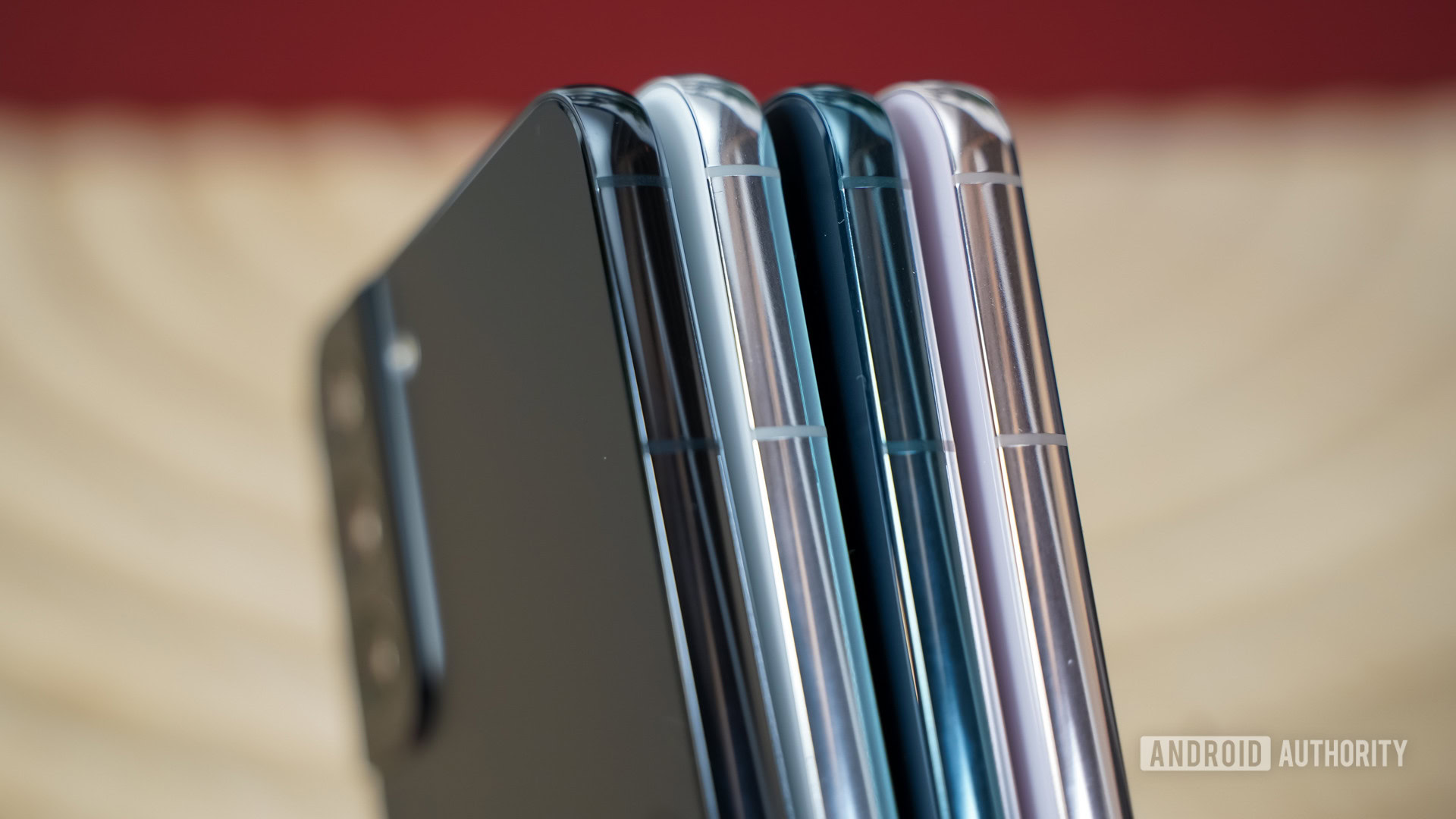While smartphone performance is often judged based on their processing prowess, storage speed can have an equally large impact on overall performance as well. To that end, Samsung Semiconductor’s announcement of its Universal Flash Storage 4.0 (UFS 4.0) chips has far-reaching benefits for the consumer electronics industry, even if it has only received mild attention so far.
Let’s discuss what you can expect from the latest UFS 4.0 standard and when manufacturers might start to include it in Android devices like tablets and smartphones.
What is UFS storage?

Early Android devices used eMMC-based flash storage, a significantly slower storage technology than modern Universal Flash Storage (UFS). A blazing fast SoC paired with slow eMMC storage will likely exhibit sluggish app opening times, stutters, and general slowdowns. This is why you don’t see eMMC used in anything but budget devices these days, such as low-cost Chromebooks.
Universal Flash Storage (UFS), a more modern flash storage technology, began gaining popularity in the Android smartphone ecosystem around 2016. UFS is a full-duplex interface that allows simultaneous reads and writes. eMMC, meanwhile, uses a parallel or half-duplex interface that only allows one of those operations at a time. UFS also consumes less power as compared to eMMC. The upcoming UFS 4.0 standard succeeds UFS 3.1, which is just over two years old at this point.
Continue reading: What is flash memory and how does it work?
What is UFS 4.0 and why does it matter?

Robert Triggs / Android Authority
Compared to UFS 3.1, Samsung says that the new UFS 4.0 standard offers significantly improved transfer speeds, power efficiency, and even space savings. More specifically, UFS 4.0 can achieve transfer speeds of up to 23.2Gbps per lane. That’s twice the speed of UFS 3.1 and quadruple the speed of the older UFS 2.1 standard. Samsung Semiconductor says it managed to achieve this feat thanks to its use of a new proprietary controller and an updated vertical NAND (V-NAND) architecture.
As for real-world figures, the company claims UFS 4.0 can deliver sequential read speeds of up to 4,200MB/s and write speeds of up to 2,800MB/s. While not quite as fast as the best PCIe desktop SSDs, UFS 4.0’s claimed performance still puts it ahead of most other storage technologies. It also boasts much better efficiency, pushing 6.0MB/s per milliampere (mA) or 46% less power consumption than its predecessor.
UFS 4.0’s increased bandwidth should cut down app and game loading times significantly.
In summary, UFS 4.0’s increased bandwidth should become immediately apparent in everyday situations like app and game loading. It’ll also be a boon for high resolution, high frame rate video recording, and other memory-intensive applications. Meanwhile, the increased efficiency should directly translate to better battery life for smartphones.
Samsung believes improved transfer speeds will also aid emerging technologies like augmented and virtual reality. Indeed, portable devices like the Meta Quest series could perhaps benefit from better read and write speeds, especially as screen resolutions and corresponding asset sizes increase in coming years.
See also: The best Android phones with expandable memory
Which smartphones use UFS 4.0 storage?

Eric Zeman / Android Authority
As of the time of writing this article, UFS 4.0 is still brand-new and hasn’t made its way to consumer devices yet. Samsung Semiconductor expects mass manufacturing to start by the third quarter of 2022. In other words, you’ll have to wait until early 2023 for UFS 4.0 to make its way to mainstream smartphones. Even then, it may take a little while longer for widespread adoption, once the manufacturing volume and yields of these chips improve.
You can expect 2023’s flagship smartphones to feature UFS 4.0 storage chips.
You can also expect UFS 4.0 chips to come at a slight price premium versus existing storage technologies. This means that it will first make its way to flagship smartphones and tablets like the Galaxy S lineup, where manufacturer margins are higher. Over time, though, the technology will eventually trickle down to the mid-range segment too. After all, you can find the current-generation UFS 3.1 standard in sub-$500 devices like the Google Pixel 6a.



